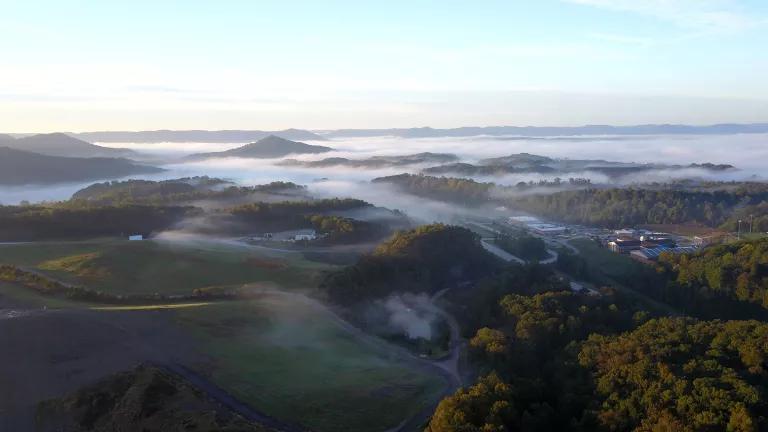
The Trump administration has proposed a plan to dramatically weaken, and even entirely avoid, long-established nuclear waste cleanup laws by simply reclassifying the high-level radioactive material. The move threatens the health of residents living nearby, as well as iconic natural resources like the Columbia and Savannah Rivers. During the Cold War, U.S. nuclear weapons sites, like this one in Hanford, Washington, produced millions of gallons of high-level radioactive waste—the most toxic substance in the world. That waste still resides in hundreds of tanks at a few sites around the country. At the Hanford site in particular, 77 of those tanks have leaked contaminants toward the Columbia River. Under current laws, nuclear waste must be disposed of in a deep underground repository, as any human exposure to these radioactive materials is high-risk, leading to cancer and birth defects. These toxic messes have been around for decades—and how to properly deal with them has been a long-standing conundrum for the U.S. Department of Energy. But the Trump administration's plan to rename the waste and shirk its responsibility to citizens is definitely not the answer.
Related Content
Energy Department Wants to Abandon Radioactive Waste

New Mexico Isn’t Welcoming Nuclear Waste With Open Arms

A Small Town’s Battle Against Radioactive Fracking Waste
